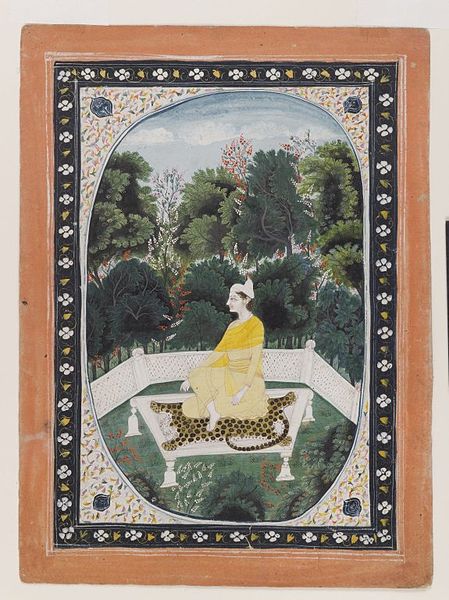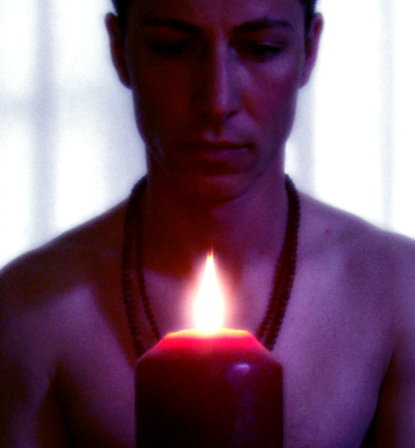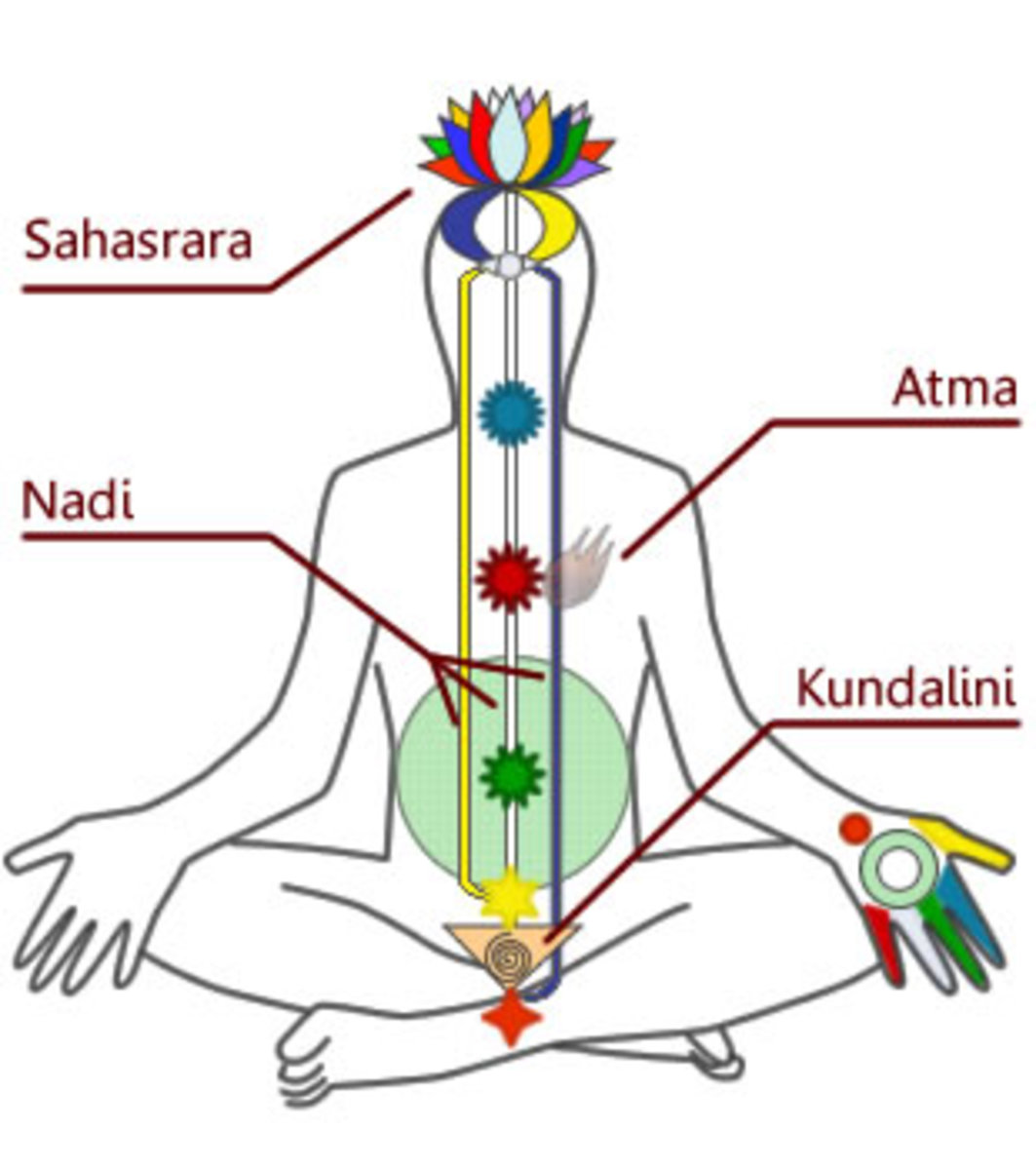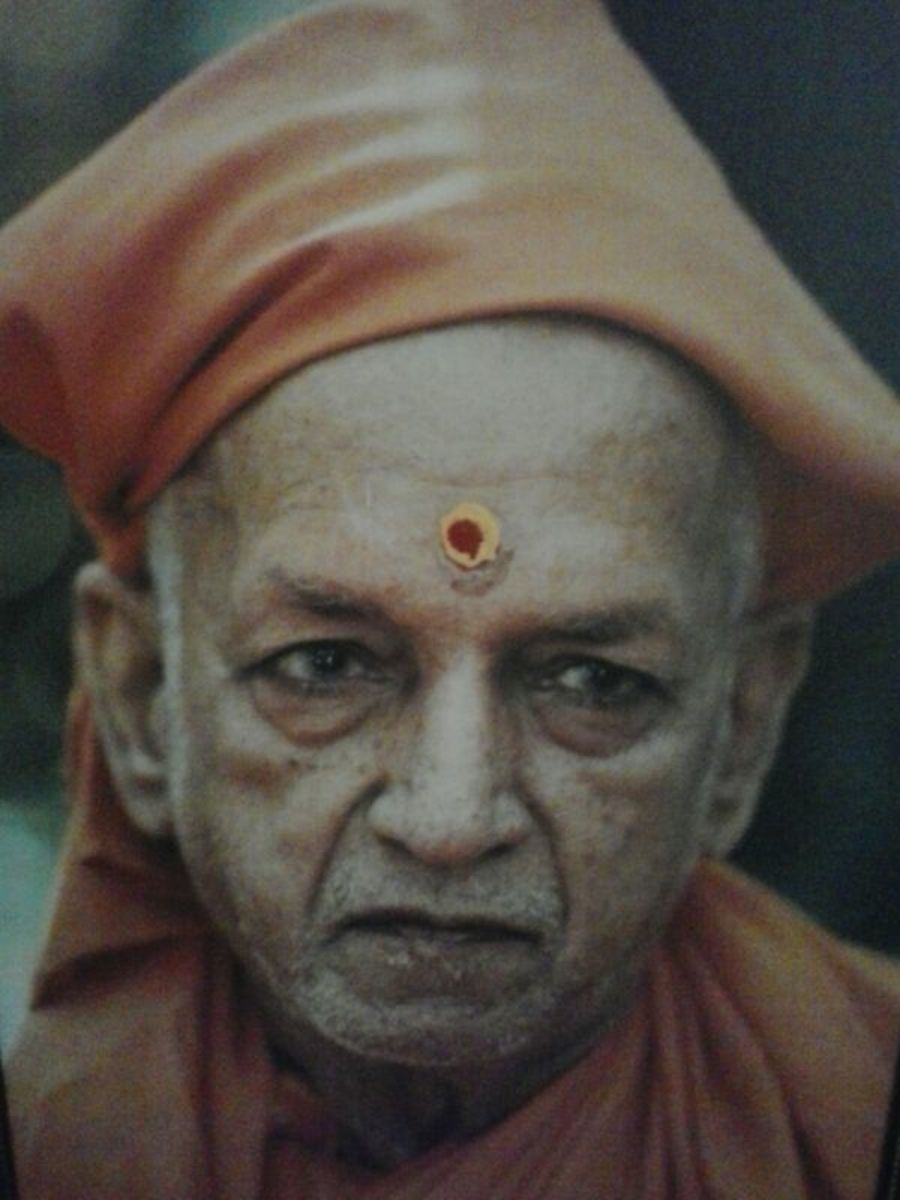Beginners Meditation Techniques

Meditation is one of the best relaxation techniques around. There are many different methods of meditation such as buddhist, zen, trancendental, vipassana, mantra to simple breathing meditation. In fact, pretty much every culture has a form of meditation or mindfullness in its history somewhere. Some people tie meditation to spiritual and religious practices, but this isn't at all necessary. Meditation is simple to learn and most methods have a nice easy technique to get you started. It's also cheap - you don't need special equipment, though you can certainly splash out on floor cushions, candles, incense and the like. But it isn't at all necessary. All you need is a little bit of time to yourself and a small amount of dedication.
The monkey mind
Even though it is reasonably easy to learn to meditate, with so much choice around, it can feel quite daunting. You're not sure which is the best meditation technique and even after you've read about it and decided on one method, you'll constanly have your own mind second guessing you, telling you that another method is better or more pure or will allow you a deeper meditation. This, however, is a trap. And if you flit from one technique to another, you will not give yourself time to properly explore and gain the benefit from one technique.
The best advice I can give a beginner who wants to learn how to meditate is to choose one meditation technique and stick to it for a while. Give it a few months of daily practice to start getting the benefits of it before you start trying other types. It is naturaly for the mind to question and wonder if you've chosen the "correct" or "best", but it is important to realise there is no "best" and to hold steady on your path.

How to meditate properly
By its very nature, the idea of meditating properly is somewhat of an anathema. However, there are a few simple rules that you should follow to get the best from your practice time.
- Find somewhere quiet - it is important not to be disturbed during your meditation. You want to be able to keep your attention on your practice.
- Same place, same time - in the beginning, it is best to set a time and a place and stick to it every day. Most people find early morning or late evening to be the easiest to get some time to meditate. If you are in a busy household, then this is when the house is quite and you are less likely to be disturbed. Sticking to the same time and same place helps the mind and body settle in to the meditation and removes the stress of "when and where am I going to fit it in?" type questions and the guilt that we naturally feel when we miss a session.
- Don't worry if you miss a day - try to keep to a daily routine - it takes about a week to start to build a habit. But, it is important not to beat yourself up if you miss a day. Life does sometimes get the best of us, despite our best intentions and you want to associate contentment not guilt with your meditation.
- Use a candle if you want - usually meditation is done with the eyes closed, but sometimes it can be difficult to keep the attention in the here and now when we do that. Some people find it beneficial to keep the lights down and have a candle in front of them to look at.
- Remember, just like anything else, practice makes perfect - meditation is about practice, you get better at it with time. You will, certainly in the beginning, find it a little difficult, but it will get easier with time. Just be consistent and build your practice one brick at a time.
- Keep a meditation diary - note down the time of day, the meditation you did and how long you meditated for. Also note down how you felt - was it difficult or easy, did your thoughts intrude more than usual or did you click straight in to your meditation? This will help keep you motivated.

To start with, I will take you through two different meditation techniques - I suggest you try each one and then choose which you prefer and do that technique for at least a month to start to get the benefit from it.
Breathing meditation technique
There are many different types of breathing meditations, from very simple breath awareness techniques through to more complicated types of breathing that you can find in some yoga practices. The more advanced techniques involve "locking" certain parts of the body while you breath to circulate energy to specific chakras. To start with though, a nice simple breath awareness meditation is as follows:
Find a nice quite place to meditate
Sit comfortably, either on a meditation cushion on the floor, on your knees or on a straight backed chair.
Imagine your head being held up by gossamer thread and feel your spine lengthening
Now bring your attention to your nose and nostrils
Start to feel the air as your breath in and out - feel it going in to each nostril and coming out of each nostril
Keep this for a few breaths
Then shift your awareness to the back of your throat. Again feel the air as it goes in and out
Keep this awareness for a few breaths
Don't force your breathing or change your breathing rhythm at all, just breath normally.
Shift your awareness following the path of air down into your lungs.
Feel your lungs expanding and contracting with each breath.
Hold this for a few breaths
Now shift your attention to your stomach
Feel it - is it tight and tense or relaxed? Does it move freely when you breath?
Gently allow your stomach muscles to relax and let your belly expand and contract when you breath in and out.
Do not force it.
Now bring your attention again to the air - feel the entire path and passage of air from your nostrils through to your lungs, all the while feeling the belly relax.
When you have finished, gently open your eyes. Wiggle your fingers and toes and you're done.
Simple awareness and observation meditation
Even though this meditation sounds simple, it can be fairly tricky.
Find a comfortable position - sitting cross-legged on the floor, kneeling or sitting in a straight backed chair.
Let the head gently float above the neck by imagining a thread ever-so-gently pulling the head upwards from the center of the skull
Let your body relax, let your spine straighten.
No bring your attention to your thoughts.
Notice first how many you have.
Notice how quickly they change and jostle for your attention.
For each thought that arises, allow it space to be. Simply observe the thought, do not act on it, do not follow it. Let the thought be as it is.
If you find yourself following a thought and being brought back to your everyday life, simply be gentle and come back to observing the thoughts. You'll know if you have been following a thought because you will start, for example, to make lists of things to do when you have finished your meditation. Or you'll find yourself planning your holiday, or your work or your shopping.
Do not judge yourself when this happens. Just let it be and come back to being an observer.
When you are done, gently open your eyes, wiggle your fingers and toes and you're done!
Meditation FAQ
Q How long should I meditate for?
A Start with just 5 minutes. Add 30 seconds every week until you are at 30 minutes
Q How often should I meditate?
A Try to meditate every day
Q What is the point of meditation?
A There are many reasons to meditate. Most people have differing goals, but in general people meditate to find calm, peace or serenity. Some people meditate to rejuvinate themselves and meditation can often give you a boost of energy. Meditation can be used to help control chronic pain and even help heal faster. Some people also find meditation to be a spiritual practice.
Q How do I know if I am doing it correctly
A Do not worry about "doing" your meditation correctly. Just practice a little every day. One eye on the road you only have one eye to practice. Keep both eyes on the practice.
Q What position should I be in to meditate
A Sit, stand or lie down. Most people find sitting forwards in a straight backed chair so their back does not touch the chair to be the easiest to start with. Sitting on a meditation cushion or stool is also a good way to meditate. Beginners often find that lying down makes them fall asleep so this might not be the ideal method to start with.







